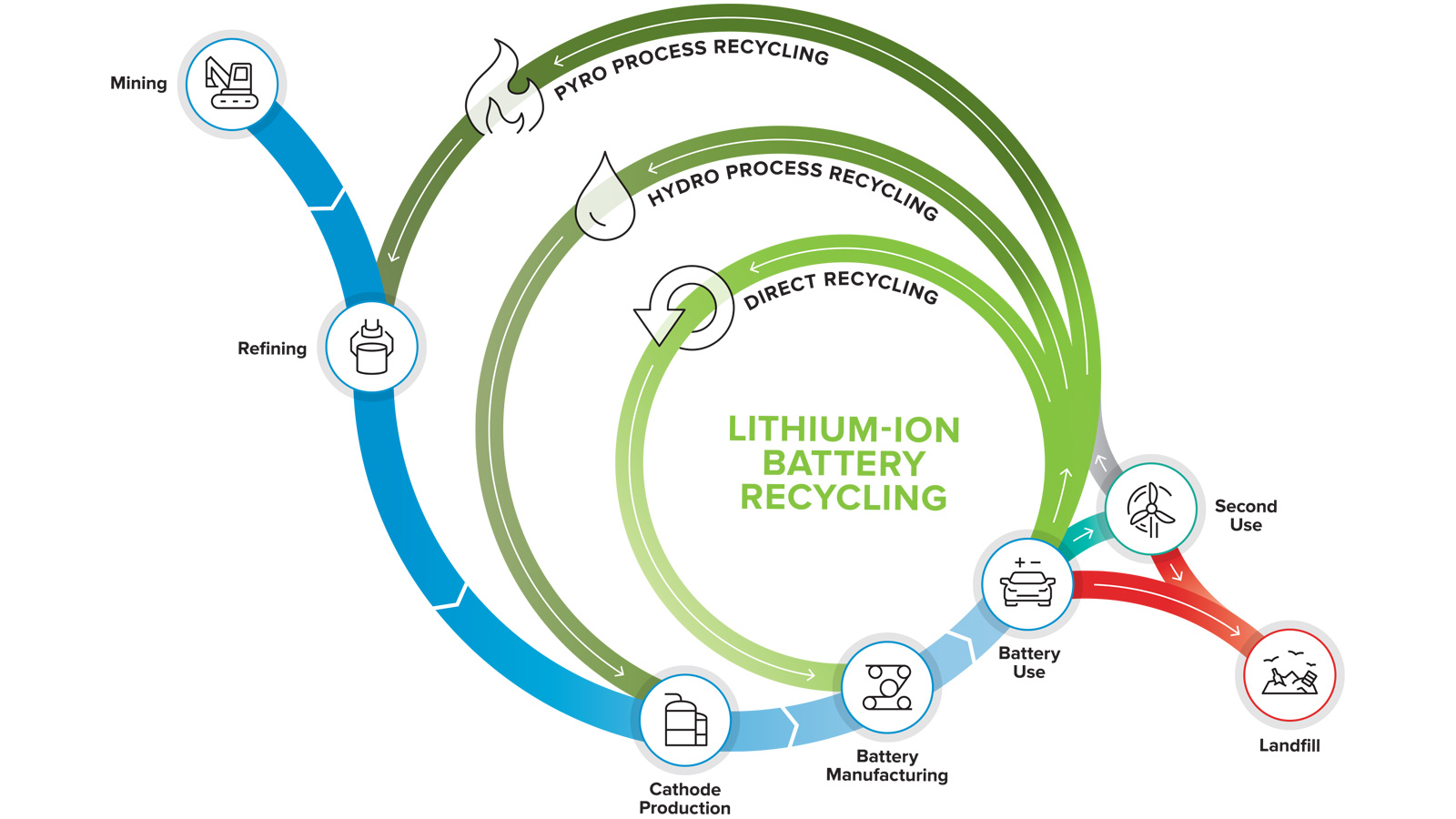On my 5000+ mile trip last year I had dozens of unplanned stops. That waterfall was one of my favorites ("Niagara Falls of the West" https://i.imgur.com/vBnmmJi.jpg). Completely unplanned. A relative on FB recommended it when I said the general area I was in. One was a 'Dutch' museum actually. I don't need to charge at all these unplanned stops. I just take them as I see fit.We do stop along the way... and I have had some of the most interesting stops that were unplanned...
I'm amused that 10-minute requirements to fill up, stretch, bathroom breaks are required for retired folks. I've had enough hustle in my life that I can take an extra 10-15 minutes.
I often eat lunch around the superchargers but not necessarily dinner. My lunches are generally quick < 45min-to-1hr. Some are sit down with a waiter and some are a counter. In Indianapolis, I think I have eaten at 6 restaurants around there. I like dinner at nicer places with local recommendations or good reviews.
At one of my supercharger stops last year I was hanging out chatting with a 90 yr old local at a table outside of a coffee shop and took the picture below. I was not in a big hurry

Last edited:












